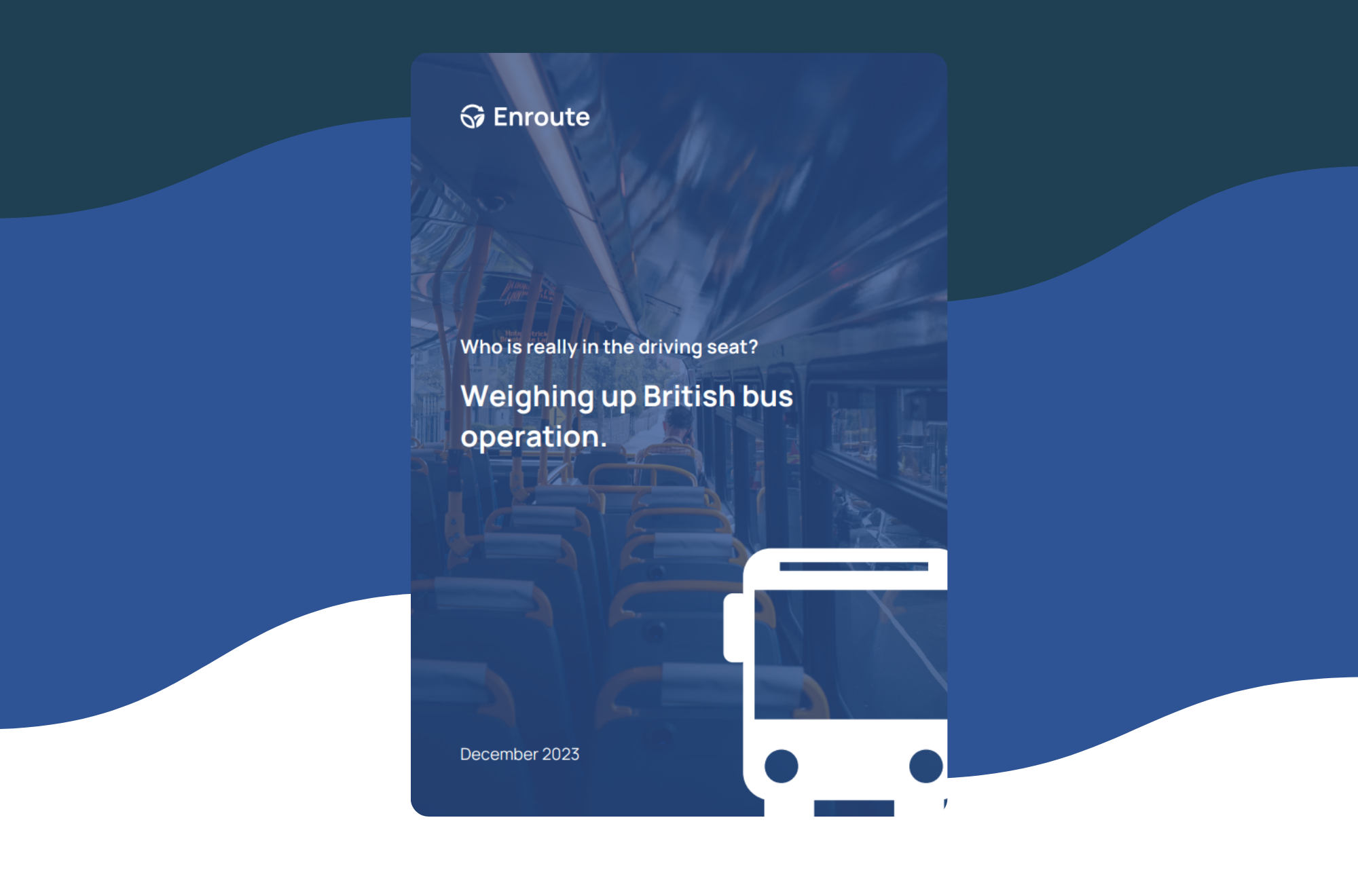Bus transport plays a pivotal role in the wider public transport landscape of Great Britain, serving as a vital means of connecting communities, facilitating access to employment and essential services, and contributing to economic vitality.
However, the debate surrounding the optimal structure for bus operation in Great Britain has been a long-standing and contentious issue. At the heart of this debate lies the fundamental question of who should be in the driving seat: public or private entities? Or perhaps, a mix of both?
The bus sector in Great Britain is a significant and multifaceted industry, comprising both urban and rural operations. The widespread utilisation of buses highlights the importance of them in connecting communities and providing essential mobility services.
The debate over the optimal structure for bus operation in Great Britain revolves around two primary models: public ownership and private ownership. Public ownership proponents argue that direct control by local authorities or government entities ensures greater accountability, oversight, and responsiveness to public needs. They believe that public ownership can lead to improved service quality, lower fares, and a more equitable distribution of transport services.
In contrast, advocates of private ownership emphasise efficiency, market responsiveness, and innovation. They argue that private companies, driven by profit motives, are incentivised to optimize operations, reduce costs, and adapt to changing market conditions. They believe that private ownership can foster innovation and lead to a more competitive and dynamic bus sector.
Read some of our other research




